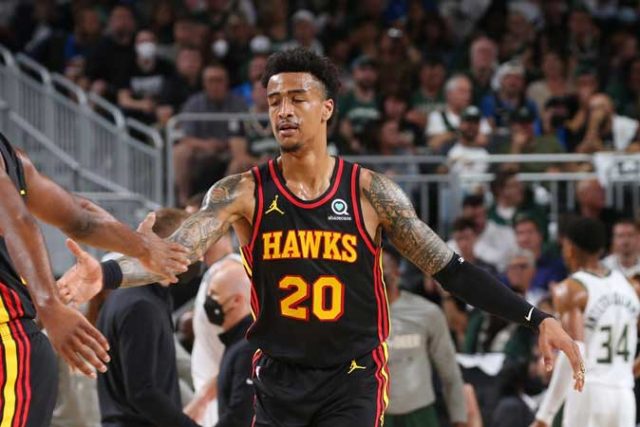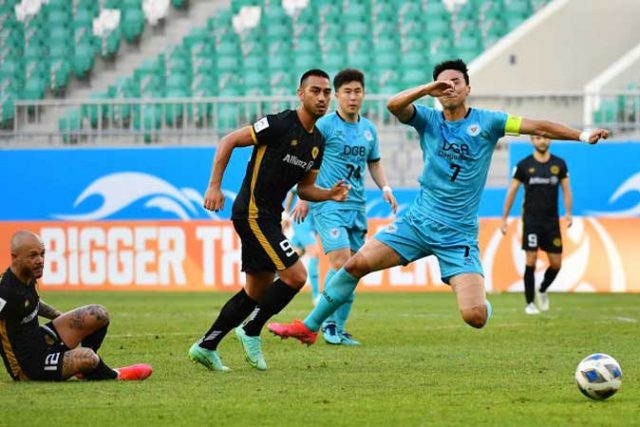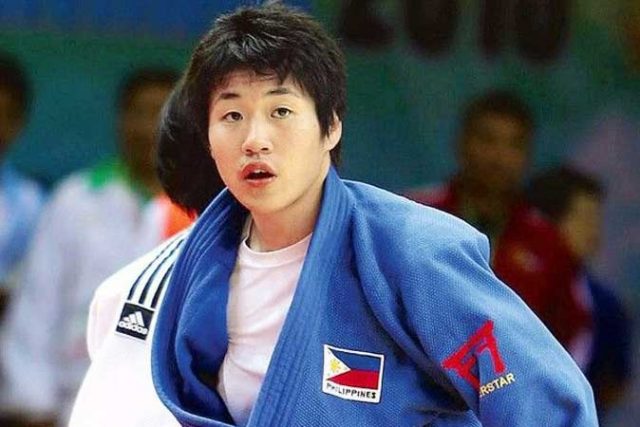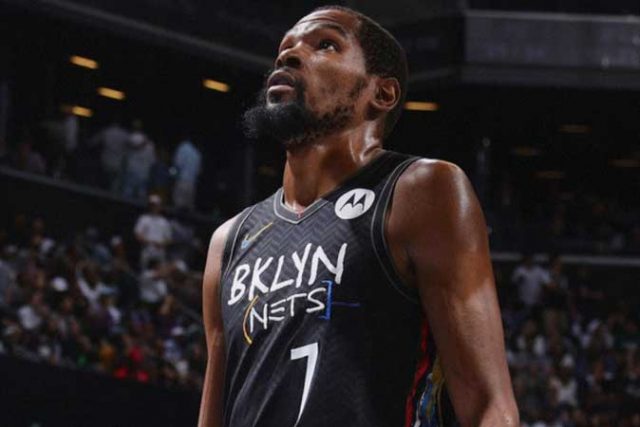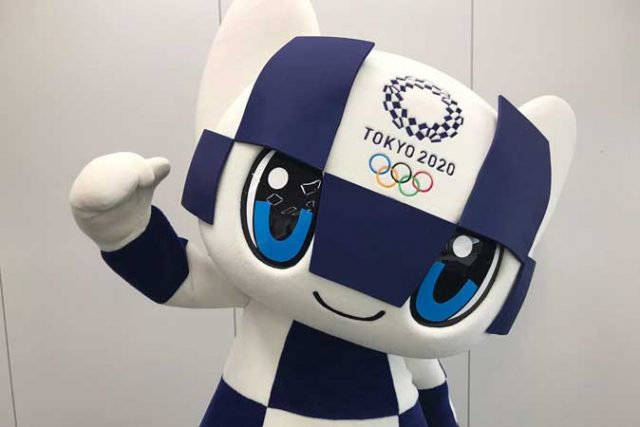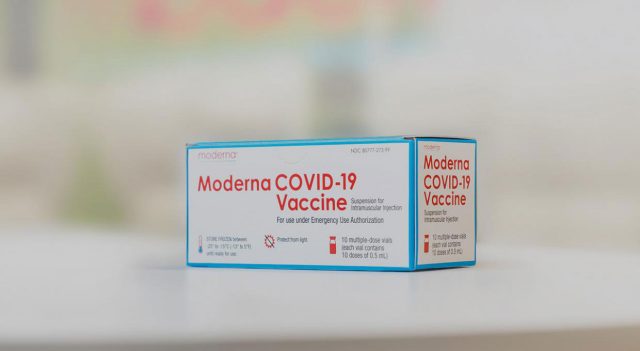Activating local responses for digital education
SCARCE e-learning technology restricts access to education, adds to the marginalization of countless youths, and further widens the gap between the few and the many. How could we even begin to address our country’s learning crisis in digital education?
Securing a computer for one’s education is one hurdle, and internet facility is another. These experiences replicate themselves in various regions, provinces, and cities in our country — as to the extent and depth they engender, they need to be closely examined: One experience is evolving value-change. Internet sites now offer video games for a chance to win computer laptops and tablets purportedly for schooling. Other chances for trying one’s luck are variety shows and raffle extravaganzas. Continuing one’s education is seemingly becoming a game of chance.
Two is making do. Mobile phones somehow enable school and college work no matter how ill-suited they are for online learning. In families where only working adults have mobile phones, they share them with their dependents who are studying. For young families with only one mobile phone, their children persist in their early schooling using worksheets that their parents or guardians get from school and designated drop-off points such as the local sari-sari store.
And three is studying through sheer grit. Our elementary school pupils as well as our high school and university students, especially those living outside cities or metropolitan areas, climb onto their housetops and on trees, study along the main highway or anywhere outside their homes to get a better internet connection.
What is to become of our young citizens, our future? In this pandemic whose end is not yet forthcoming, Filipino youth struggles to secure its digital education. Anecdotal accounts as well as quantitative data impinging on digital education confront us with cultural and material challenges, to wit:
Unlike television, a computer is not a standard home appliance, and a typical Filipino family will hardly dedicate its savings to it, remaining oblivious of a computer’s value for its children’s education.
Schools, especially public schools, largely remain dependent on printed materials as learning resources.
As a basic mobile phone now acts as a poor substitute for an online-learning ready computer in this time of COVID-19, 27% of adults have hardly any access to it (Mobile Technology and its Social Impact Survey 2018, Q4 & Q5. Pew Research Center), while nearly 60% of households cannot access the internet (Philippine Digital Economy Report 2020).
And for those who can access the internet, there exists widespread experience of slow internet connectivity. World Population Review data by country in 2021 peg the world average broadband speed at 55.13 with the Philippines hitting below average at 26.03, Indonesia at 22.35, Vietnam at 56.83, Malaysia at 91.49, and Thailand at 175.22.
In basic education, the Learning Continuity Plan of the Department of Education (DepEd) provided the framework for this first year of schooling in the pandemic, schoolyear 2020-2021. This government response has been excruciatingly difficult. We cannot leave government’s DepEd alone to lead us through a new era of digital education, mired as it has been for years in our country’s education problems. And, indeed, the DepEd has been soliciting help and cooperation from various sectors.
Budget constraints limited what DepEd could do at the onset. Blended learning, the chosen mode of delivering basic education, aims to combine worksheets and online instruction necessitating resources such as printing materials and digital equipment for use by both pupils and their teachers. Printing worksheets alone required billions, as much as P35 billion as per government announcement at the start of the schoolyear, and only a little less than half of the funds was readily available. Clearly, basic education was to suffer another crisis as the pandemic raged on.
Nevertheless, by January 2021, the DepEd website featured an article on the significant contributions of local government units (LGUs), non-governmental organizations (NGOs), and external partners. A total of 475 of these external actors have partnered with DepEd school division offices thereby pushing response to digital education challenges at the local level. Four LGUs — Manila, Quezon City, Pasig, and Valenzuela City — all in Metro Manila, are cited for their provision of digital equipment such as cellphones and smartphones to their young constituents. But similar initiatives were taking place across the country, in other regions outside Metro Manila. DepEd’s regional offices reported a total of 1,202 donation activities to augment education needs in both print and digital sources.
On a national scale, how widespread are these initiatives that to date, are basically in the form of donations? Considering that a public school fundamentally fosters a sense of filial or family connection and community ownership, immediate action comes from the local. In the coming schoolyear, we may expect further development of more innovative responses from our LGUs, and NGOs that basically work as rooted in specific localities, plus external partners such as local firms, usually micro- and small-business establishments in a barangay, for example, and most importantly, citizen or people organizations. And surely, initiatives from our public-school teachers remain at the forefront. They stand closest to our pupils in this, their greatest education challenge. Public school teachers lead community action with the school heads, barangay officials, and homegrown enterprises.
For a chance for our nation to recover in this pandemic, harnessing these local organizations — that is, stirring a social movement from the ground-up for the sake of our children — is the only socially sustainable way.
May Zuleika Salao, PhD, is Program Director in Political Economy of the School of Law and Governance, University of Asia and the Pacific. As a scholar of the Hanns Seidel Foundation in Germany, she is presently a visiting researcher at the Department of Politics and Public Administration, University of Konstanz.



